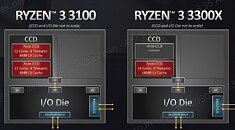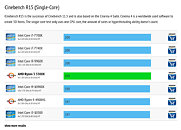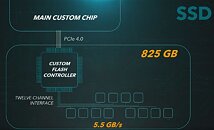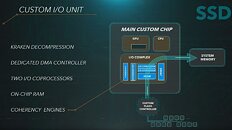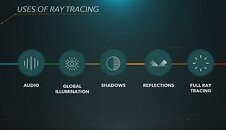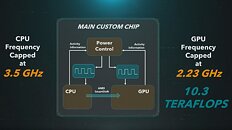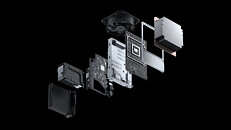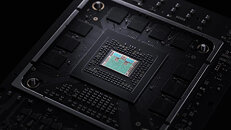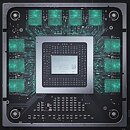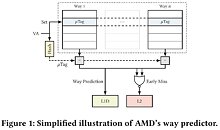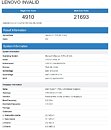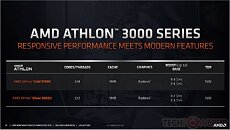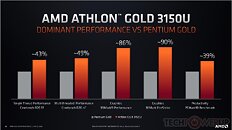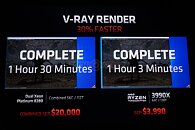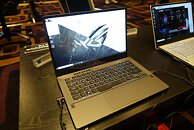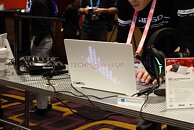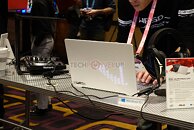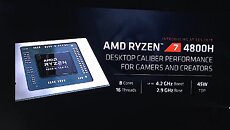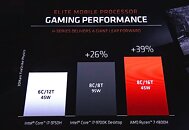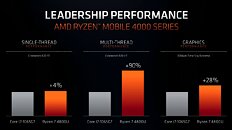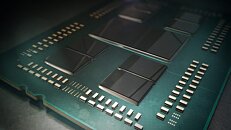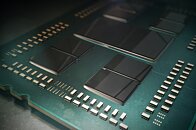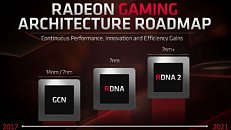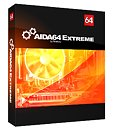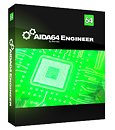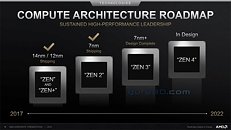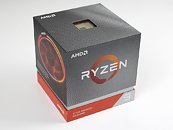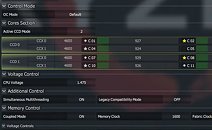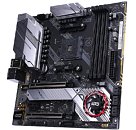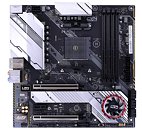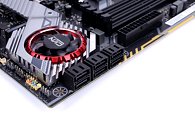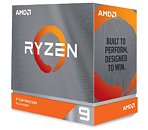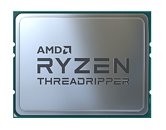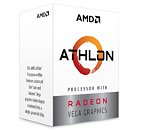
AMD Ryzen 3 3300X Isn't Just a Speed-Bump of the 3100: CCX Gymnastics at Play
AMD has announced its Ryzen 3 "Matisse" quad-core desktop processors, with two SKUs in the pipe, the $99 Ryzen 3 3100 and the $120 Ryzen 3 3300X. Both are 4-core/8-thread parts spaced apart by clock-speeds, or so we thought. According to an alleged AMD presentation slide leaked to the web, the differentiation between the two runs deeper than that. Both chips are based on the "Matisse" multi-chip module, with a single 8-core "Zen 2" chiplet that has four disabled cores. How AMD goes about disabling these cores appears to be the secret sauce behind the "X" on the 3300X.
Inside each "Zen 2" chiplet, the 8 cores are spread between two 4-core CCX (compute complexes). On the 3100, AMD disabled two cores per CCX, and halved the 16 MB L3 cache per CCX. So it ends up with a 2+2 core CCX configuration, 8+8 MB of L3 cache adding up to 16 MB. The 3300X takes the more scenic route. An entire CCX is disabled, all four cores are part of the same CCX. This design lowers inter-core latency among the cores, and more importantly. gives each of the four cores access to 16 MB of shared L3 cache. And then there's the speed-bump. This goes a long way in explaining how the 3300X is shown within striking distance of the Core i7-7700K in leaked Cinebench scores, and could provide a formidable gaming processor in the lower end.
Inside each "Zen 2" chiplet, the 8 cores are spread between two 4-core CCX (compute complexes). On the 3100, AMD disabled two cores per CCX, and halved the 16 MB L3 cache per CCX. So it ends up with a 2+2 core CCX configuration, 8+8 MB of L3 cache adding up to 16 MB. The 3300X takes the more scenic route. An entire CCX is disabled, all four cores are part of the same CCX. This design lowers inter-core latency among the cores, and more importantly. gives each of the four cores access to 16 MB of shared L3 cache. And then there's the speed-bump. This goes a long way in explaining how the 3300X is shown within striking distance of the Core i7-7700K in leaked Cinebench scores, and could provide a formidable gaming processor in the lower end.
